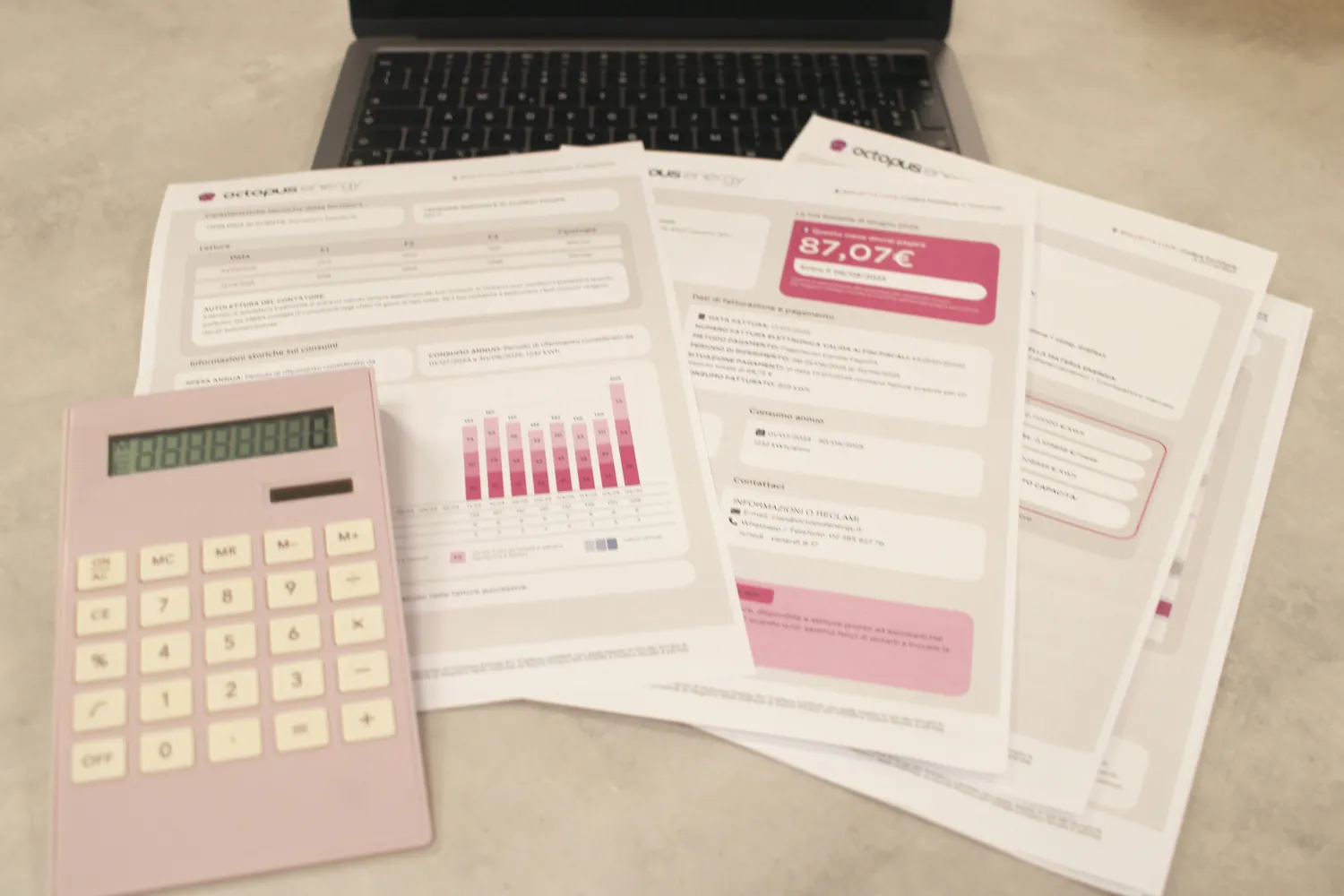Essential Components of a Personal Finance Budgeting Worksheet You Should Include

The Importance of a Personal Finance Budgeting Worksheet
Creating a personal finance budgeting worksheet is a crucial step in gaining control over your financial situation. This tool not only helps you track where your money goes but also aids in planning for future expenses and ensuring that you meet your financial goals. By documenting your income and expenses, you can identify spending patterns, make informed decisions, and adjust your habits to improve your financial health.
Key Components of a Budgeting Worksheet
A comprehensive budgeting worksheet should include sections for all aspects of your personal finances. Here are the essential components:
Income Sources
Start by listing all sources of income. This includes regular income like salaries or wages, as well as other income such as:
- Freelance Work: Any money earned from side gigs or freelance projects.
- Investments: Dividends, interest, and capital gains.
- Rental Income: If you own property that provides rental income.
It’s important to account for all income to have a clear picture of how much money is coming in every month.
Fixed Expenses
These are expenses that remain consistent each month. They often include:
- Mortgage or Rent: The monthly cost of housing.
- Insurance: Payments for health, auto, home, or life insurance.
- Utilities: Fixed costs for services like electricity, water, and internet if they are consistent.
Documenting these ensures you are aware of your non-negotiable financial obligations.
Variable Expenses
Unlike fixed expenses, variable expenses can change from month to month. Examples include:
- Groceries: Food and household supplies.
- Entertainment: Dining out, movies, and other leisure activities.
- Transportation: Gas, public transit fares, and vehicle maintenance.
By tracking these expenses, you can see where adjustments can be made if needed.
Savings Goals
Your budgeting worksheet should reflect any savings goals you have set. These could be short-term or long-term goals, such as:
- Emergency Fund: Money set aside for unexpected expenses.
- Retirement Savings: Contributions to retirement accounts such as a 401(k) or IRA.
- Savings for Large Purchases: Money saved for vacations, new appliances, or a car.
Having defined savings goals helps prioritize where your surplus funds should go each month.
Debt Repayment
If you have debts, your worksheet should include a section for tracking debt repayments. This may cover:
- Credit Card Payments: Monthly payments to reduce credit card debt.
- Student Loans: Scheduled payments to lower student loan balances.
- Other Loans: Auto loans or personal loans.
This helps in strategizing debt reduction efforts and ensuring that minimum payments are met while working towards paying down principal amounts faster.
Steps to Create Your Budgeting Worksheet
Step 1: Gather Financial Information
Start by collecting all necessary financial documents such as pay stubs, bank statements, bills, and receipts. This will provide the data needed to populate your worksheet accurately.
Step 2: Choose a Format
You can create your budgeting worksheet in several formats such as:
- A spreadsheet program like Excel or Google Sheets: Provides flexibility with formulas and functions for automating calculations.
- A budgeting app: Many apps offer built-in templates that sync with your bank accounts for real-time tracking.
Step 3: List Your Income
Create a section at the top of your worksheet for all income sources. Be sure to include the net amount (after taxes) to get an accurate financial overview.
Step 4: Organize Expenses
Categorize expenses into fixed and variable categories. Use historical data from past months to estimate future expenses more accurately. It can be helpful to use separate columns for budgeted versus actual spending to easily see variances.
Step 5: Allocate Funds for Savings and Debt Repayment
Once expenses are accounted for, determine how much of the remaining income can be allocated toward savings goals and debt repayment. Prioritize emergency funds if you do not already have one established.
Step 6: Review and Adjust Regularly
A budgeting worksheet is not a one-time exercise. Set a routine to review your budget monthly or quarterly. Evaluate whether your spending aligns with your priorities and make adjustments as needed to stay on track with your financial objectives.
Tips for Tracking Spending Habits Effectively
Use Technology to Your Advantage
Modern tools such as mobile apps and online platforms can simplify tracking expenses. Look for applications that connect directly to your bank accounts to automate updates and categorize transactions seamlessly.
Create Alerts for Overspending
If you tend to overspend in certain categories, set up alerts to notify you when you're approaching budget limits. Many banking apps offer customizable notifications that help keep spending in check.
Practice Mindful Spending
A crucial part of effective budgeting is practicing mindful spending—being conscious of your purchases and evaluating if they align with your values and goals before making them. This not only helps with maintaining your budget but also encourages intentional living.
A Simple Framework for Your Budgeting Worksheet
<table border="1">
<thead>
<tr>
<th>Category</th>
<th>Budgeted Amount</th>
<th>Actual Amount</th>
<th>Difference</th>
</tr>
</thead>
<tbody>
<tr>
<td>Income</td>
<td colspan="2"><input type="text"></td>
<td></td>
</tr>
<tr>
<td>Fixed Expenses</td>
<td><input type="text"></td>
<td><input type="text"></td>
<td></td>
</tr>
<tr>
<td>Variable Expenses</td>
<td><input type="text"></td>
<td><input type="text"></td>
<td></td>
</tr>
<tr>
<td>Savings Goals</td>
<td><input type="text"></td>
<td><input type="text"></td>
<td></td>
</tr>
<tr>
<td>Debt Repayment</td>
<td><input type="text"></td>
<td><input type="text"></td>
<td></td>
</tr>
<tr style="font-weight:bold;">
<td>Total</td>
<td id="total-budgeted"></td>
<td id="total-actual"></td>
<td id="total-difference"></td>
</tr>
</tbody>
</table>This framework allows for easy customization according to personal needs while maintaining clarity. Simply replace the input fields with actual numbers each month to update the worksheet effectively.
 BuzzArticle
BuzzArticle